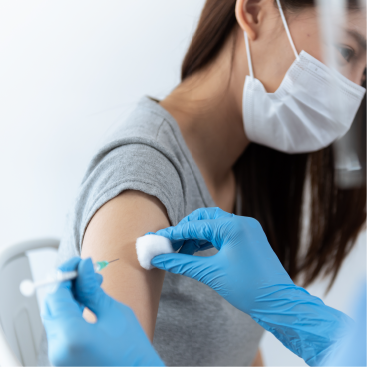Catalog
About this item
Intravitreal drug administration is a relatively unique ROA that requires special considerations with respect to drug delivery and nonclinical safety assessment. This webinar aims to highlight some of these key considerations that impact the nonclinical safety strategy to satisfy regulatory expectations for developing intraocular therapeutics. The discussion will largely focus on development of biologic therapies but will highlight some of the key differences with that of a small molecule drug, and how these differences impact the nonclinical safety strategy. Species selection for toxicity testing is a critical component of the nonclinical strategy and needs to be sufficiently justified to Health Authorities. Factors such as physical structure of the eye in relevant nonclinical species in relation to the human eye, and relative potency and/or binding affinity to the target across species are all considerations in selecting the appropriate species for toxicity testing. Additionally, this webinar will also review the design of ocular toxicity studies with specialized endpoints to assess ocular toxicities, and strategies to support systemic toxicity assessment. A case study with FHTR2163, an antigen-binding fragment (Fab) against the serine protease HTRA1, will be used to draw on how all these principles were applied its completed nonclinical safety package.
Speaker Information
Ed Dere, Genentech
